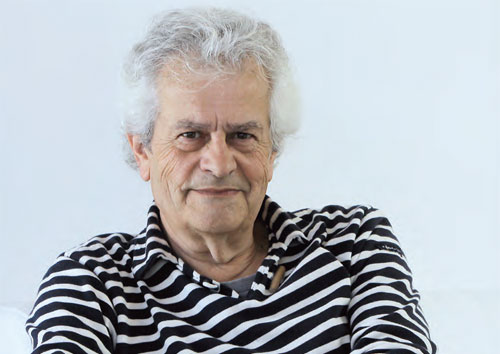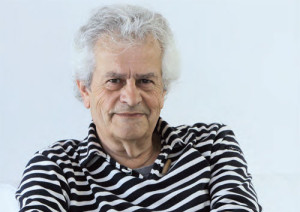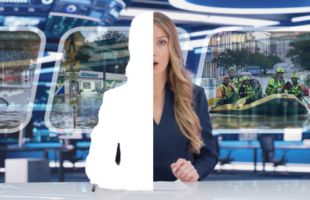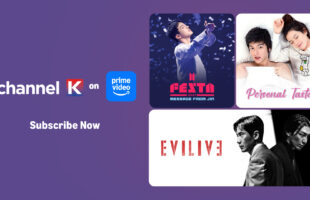

Yves: Many more channels, platforms, IPTV… are now proposing factual content all over Asia. It creates a real appetite, higher quality expectations, and offers new opportunities for producers and filmmakers. We can see more co-production with European, Australian, North American TVs or producers and even Asian partners.
Factual content is considered an “easy” way for co-production, using high end technology (4K, CGI…), suitable for IMAX and giant screens requirements. Overall, it pleases the audiences’ need; and it’s not too costly to produce.
The reason for the dif ficulties or the slow development of high-quality international factual production in Asia is not related to technology, but to the subjects and content itself.
Why is Asian factual content less popular in the West? Could it be due to technology standards practiced here?
Yves: It’s definitely not a matter of technology but rather the storytelling concept.
The challenge is to escape from local habits such as sluggishness, long series of 10 hours of biased commentary that gives an impression of “non-authentic” or “partial point of view” alone. This is the first step to bring a change to Asian factual production.
Asian Sideof the Doc has proven to be a valuable source of opportunity for Asian content to extend its global reach with stories offering a better understanding and a more realistic/ trustable approach. Crossing borders with content is a real chance for Asian doc filmmakers and producers to think big and authentic, original and new; even for Asian audiences.
How will children discover factual content in an on-demand world? As more and more quality content are going to demand channels (SVOD), how will children who cannot afford to pay for such services view these content?
Yves: Recent American studies show that 30% of Netflix streams happen on Netflix-Kids. Mainly animated cartoons for the time being, but we can easily imagine that educational and documentary content would become a logical extension. Kids are a strong target segment for dedicated offers that could easily reassure parents on their children’s TV/online viewing.
Specific platforms, designed for kids would allow them to view and appreciate factual content. Animals, science, history, discovery are the very first subjects where children would certainly go fishing.
We can even bet on a strong and fierce struggle between SVOD providers for this segment of family users. After Netflix-Kids, Curiosity- Kids could appear soon. Even traditional channels are considering this market segment; for instance TF1 in France, with a platform aimed at kids called TFOU.
What do you think about the future of factual television? Is it meeting the challenge of the digital age?
Yves: Doc lovers have been complaining for years about the dif ficulty in finding factual content on the web that’s worth watching. There is still the absence of a recognised platform that’s able to satisfy such demand to the greatest extent.
Digital revolution gives power to the user. Users can now choose when and where to view content. As a consequence, technology and end user practice are now shaping the new formats, content, styles and storytelling concept. Documentary has a very long history of adaptation to all the technological changes.
To be in tune with the changes is the the best way to define the doc spirit. Documentary professionals were the first users of sync cameras in the 60s, super 16mm in the 80s and the HD and 4K now. The doc community is resilient, creative and everyone knows that “adapt or die” is a strong leitmotiv in this industry.
Nowadays, Amazon Prime proves that the big data and the capacity to learn about consumer’s tastes will lead to the production of factual content fully adapted to audience’s new needs and expectations. Considering the big data as a source of content definition is a big change that could transform the whole decision-making process.
In the TV world, the new challenge is to create channels (online) for specific content such as History, Science and Lifestyle etc. and streamline towards specific users – possibly based on demographic criteria. BBC has already started this concept. TV cannot generate anymore audiences with existing traditional broadcast; they must reach viewers who are changing their habits and devices in order to keep their brand value. National Geographic is a perfect example of a factual brand adapting its activities across media platforms yet, maintaining the brand’s attractiveness and providing their users a “guarantee” of seriousness, quality and authenticity.
To conclude, documentary is already meeting the digital age’s challenge. New “pure doc” players will appear and they will learn directly from their audience, the content they have to produce (co-produce or buy) to promote their high quality, originality and diversity standards.







